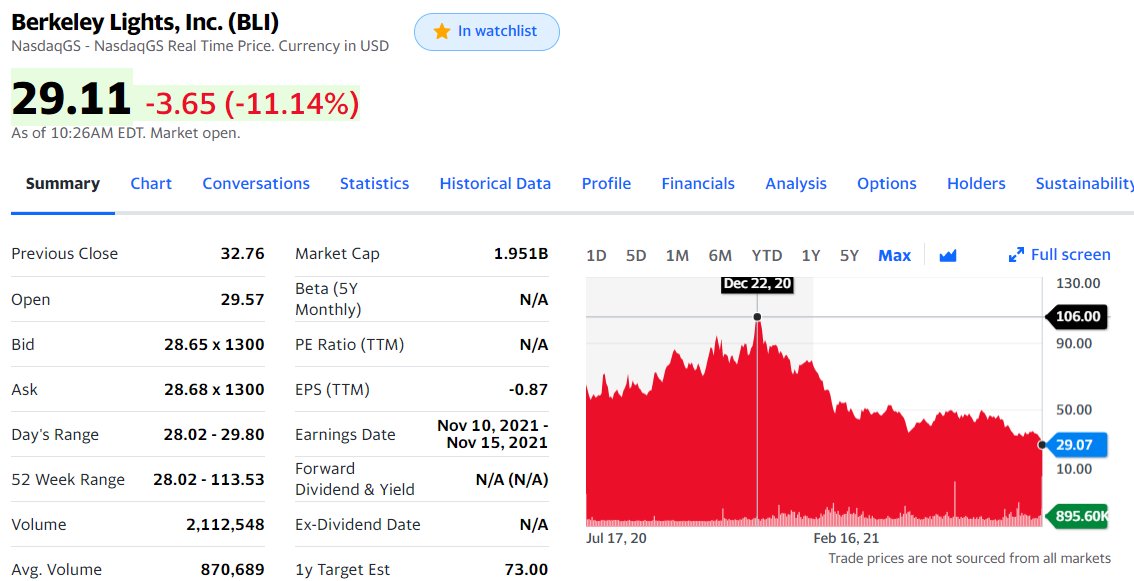
Industry Overview on Biotechnology and Genomics Space (thread):
The era of genomics has now decisively entered the applied sectors of the market, after many years, decades, where the RUO segment was the largest piece of the pie. The lines between genomics and Medtech industries are now blurred and there is lots of crosstalk between both.
Who are the main players in the space: Illumina should be first of the list by market share, with Thermo Fisher Scientific second by overall company size. BGI Genomics dominates in China (NIPT, Cancer Dx). Smaller but distinct in some offerings is Qiagen, who at a point was ...
... involved in #NGS with their GeneReader instrument. This was discontinued later on, and Qiagen signed an agreement with Illumina to make their kits/assays compatible with Illumina's SBS sequencing technology.
Other more recent players, with reenergized emphasis since the pandemic (viral surveillance) are Oxford @nanopore.
In my opinion, the pandemic has helped consolidate the applied genomics field, in that it has normalized applications such as viral surveillance. Not a long time ago, if someone suggested using NGS to survey DNA in the environment, they would have been laughed out of the room.
This is one of the examples when something becomes "the new normal", and it's then hard for people to remember back when was it that we used to live our lives before.
We'll see more of these examples of daily live touched by the use of NGS and Genomics. Many will be inside hospitals, carried out by technicians and medical staff, but some will be outside the clinic.
• • •
Missing some Tweet in this thread? You can try to
force a refresh








